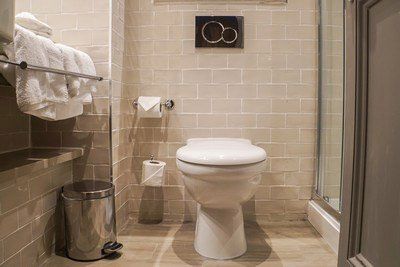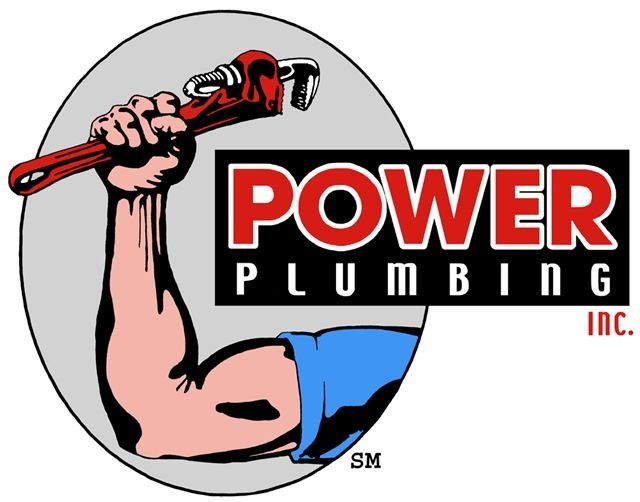Debunking Common Myths About Water-Conserving Toilets
- By Admin
- •
- 25 Sep, 2018

Did you know that the majority of the water used in your home is used in the bathroom? In fact, 47 percent of water use in the average American household occurs in this one room, and 24 percent of that water goes to using the toilet. If you have an older model toilet, you're probably using as much as seven gallons of water per flush. Therefore, you have plenty of reason to switch to a water-conserving toilet.
The problem with water-conserving toilets is they have managed to garner themselves a pretty bad reputation over the years. Here is a look at some of the most common myths about water-conserving toilets and the real facts you need to know.
Myth: Water-Conserving Toilets Don't Flush Well
The initial low-flow toilet designs that hit the market were not all that efficient at flushing solid waste because they lacked enough pressure to do so without the several gallons of water that were normally used in a flush. However, the most modern water-conserving toilets are far more advanced and far more capable of flushing just fine.
A few important changes were made to these toilets so they could better flush solid waste, including:
- Changes in overall design to alter the force of air pressure during a flush
- Changes to the force of water pressure used during a flush
- Changes to the shape of the outlet hole through which the waste is flushed
Even though modern low-flow toilets may look the same as any regular toilet, unless you get some luxury or high-end designer model, the inner workings of these toilets are much different. They are highly capable of flushing whatever is inside the bowl with a single flush.
Myth: Water-Conserving Toilets Are Too Expensive
Water-conserving toilets may actually be a little more costly than some of the more basic or traditional toilet styles. However, you don't need a high-tech toilet or need to spend a lot of money to save on water.
Since the federal government mandated that all new toilets meet a federal standard of 1.6 gallons per flush, pretty much every toilet model you find is going to be more conservative if you've been using an old model with a giant water tank. So if you've been using an old toilet, any new toilet -expensive or not - will be an improvement.
On average, a new toilet will cost you about $100 to $325, depending on its functions. You will pay more for a toilet that has assisted flushing mechanisms like pressure or vacuum assist. Likewise, a toilet that has dual-flushing functions for either solid or liquid waste will also cost you a little more.
Myth: Water-Conserving Toilets Are Bad for Your Septic System
No one really knows where this myth originated from. Even the outdated low-flow toilets still flushed waste out with water, so they essentially performed the same function as always. Yet a lot of people believe that a low-flow toilet is somehow going to stop up their sewer lines or wreak havoc in their septic tank and system, which is simply nowhere near the truth.
If anything, you would likely see a healthier septic system with less water flow because the tank would not fill up as quickly. If you have a private septic drain field on your property, there would be less of a chance of it becoming overly saturated with liquids after too many flushes.
In the end, switching from an older model toilet in your bathroom to a newer, water-conserving model will save you a ton of cash on water usage every year. If you would like to know more about low-flow toilet installation, reach out to us at Power Plumbing Inc. for advice.






